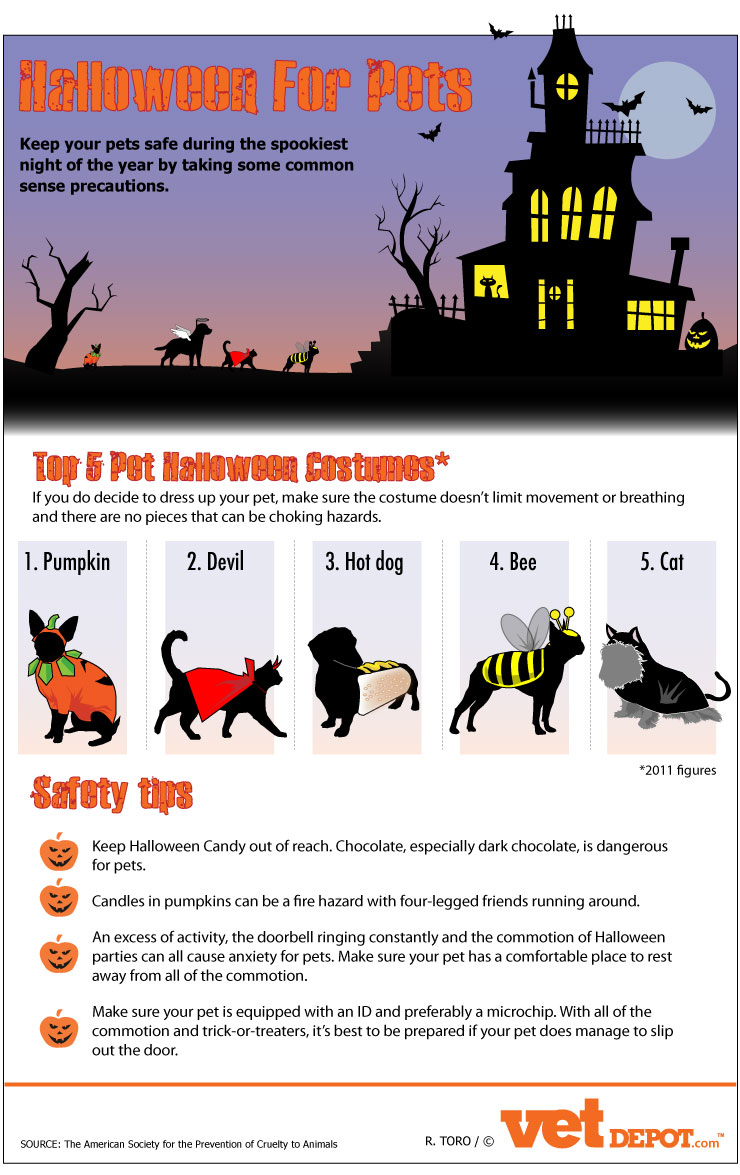Numerous pets like childcare and more than happy to be with their hair siblings all the time. However, for some dogs it can be difficult.
Search for a center with licensed trainers and behaviorists that are on the flooring in all times, watching over the group play. This is particularly vital for dogs that are responsive, show resource protecting or ended up being antisocial or compulsive.
1. Congestion
For many canines, day care is a favorable experience that gives physical and psychological exercise to burn off pent up energy. Nevertheless, the increase of brand-new pets, smells and environments can be overwhelming for some canines.
Pet dogs must be coupled with various other pets that are similar in size, age, socialization and play style to guarantee security and stop overstimulation. Nonetheless, congestion prevails at pet daycares and can cause personality clashes and bullying that result in injuries.
Ask what safety measures the facility takes to keep your pup safe. For instance, is there an outside area for canines to get away the groups? Does the facility have regular breaks for your dog to relax their nerves? Ask what sort of emergency treatment and mouth-to-mouth resuscitation training staff members have and if they know with carrying out drug to your pet dog. Likewise, it is necessary to see to it your pet's food and drugs remain in an identified bag that day care personnel can rapidly gain access to.
2. Changes in routine
The end of summer season is coming and with it comes large changes as children return to institution and people return to their job timetables. This can be demanding for your puppy. They'll miss all the hiking and playtime you do with each other and might start to feel bored. Their behavior might transform also, such as extreme barking or damaging behaviors.
Dogs enjoy regular, so an unexpected shift in their daily regimen can create them stress and anxiety. Make certain to prepare ahead and gradually modify your feeding and stroll times in the weeks leading up to back-to-school. This will help your pet accommodate to their brand-new schedule and reduce any kind of undesirable behavior.
Daycare is a superb method for canines to get a lot of physical and mental exercise, specifically if they are young or energetic. They also obtain socializing experiences that will construct self-confidence and good behaviors, which can help them manage the anxiousness they may experience from points like journeys to the vet, brows through to your office or home and other demanding events.
3. Separation anxiousness
The drop off and get procedure can be a little bit stressful for pets, particularly when it's the first time. Lots of canine childcares use a consistent day-to-day schedule, and with time this assists pets really feel comfortable and safe and secure while they're away from their owners.
Structured play, structured rest periods and routine snack times all assist dogs create a sense of knowledge and predictability. This, combined with favorable reinforcement, aids relieve splitting up stress and anxiety signs and symptoms.
Socialization additionally keeps pets physically and emotionally occupied, which can make them much less reactive to stress factors when they're home. This, along with positive support, assists to lower anxiety and rise self-esteem.
4. Not being watched play
Dogs that are not mingled frequently can come to be anti-social-- this is frequently viewed as dog hostility. This can happen even in a well-managed childcare setting, so make sure to see the dogs very carefully. Look for a ratio of 11 or much less dogs to floor individuals. Staff ought to be playing and connecting with the dogs, not sitting at their workdesks or staring at their phones.
The facility must have a quiet area where the pet dogs can relax and charge in between play sessions. This is specifically important for high-energy breeds that require to burn extra energy or low-energy older pet dogs.
Ask the team what they board and training for dogs near me do to keep the canines relax. They need to use positive support (appreciation, petting, play) and never utilize physical penalty or aversives. They need to also be trained in family pet emergency treatment and mouth-to-mouth resuscitation. Lastly, the facility must have a reliable protocol for feeding times to prevent food hostility.
